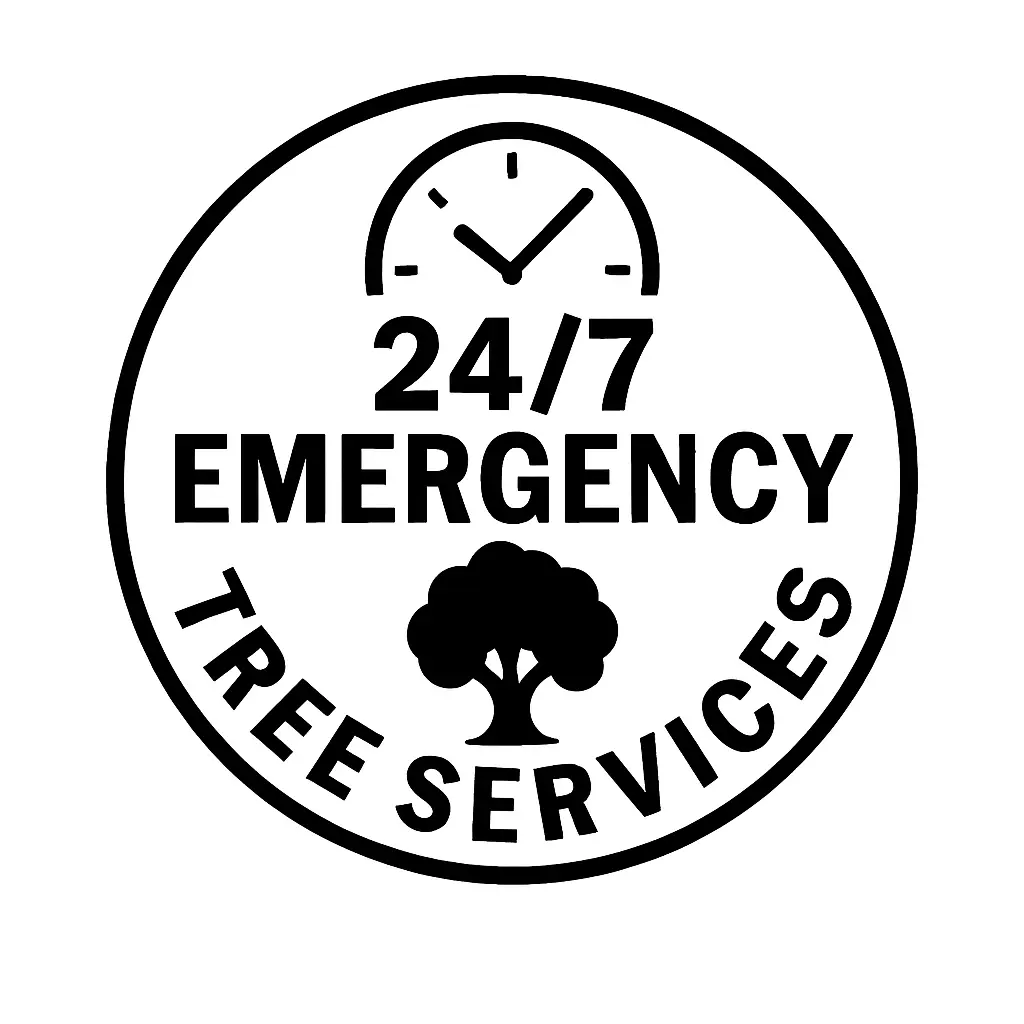Live in the Northeast and ready to transform your land with the perfect trees for the climate? Selecting trees tailored to the unique climate and conditions of the Northeast is a surefire way to ensure they elevate your property’s aesthetics and ecological value. This guide breaks down essential factors for choosing the ideal trees and ensuring their thriving growth in this region.
Understanding Northeast USA’s Climate and Soil
A. Climate and Its Impact on Tree Growth
|
Season |
Temperature Range |
Precipitation |
Impact on Trees |
|
Winter |
Below freezing to 30s |
Moderate snowfall |
Deciduous trees go dormant; evergreens adapt to cold |
|
Spring |
40s to 60s |
Moderate rainfall |
Bud break and new growth; crucial time for many species |
|
Summer |
70s to 90s |
Variable rainfall |
Growth period: trees face heat stress, need adequate water |
|
Fall |
40s to 60s |
Moderate rainfall |
Preparation for dormancy; stunning foliage change |
Understanding these seasonal variations helps choose trees that can withstand the Northeast’s diverse climate throughout the year.
B. Soil Types Prevalent in the Region and Their Relevance to Tree Planting
|
Soil Type |
Description |
Trees Suited |
|
Loamy Soil |
Well-draining, balanced texture |
Most trees thrive, excellent for a variety of species |
|
Sandy Soil |
Quick drainage, low fertility |
Drought-resistant trees like Pine, Red Cedar, or Juniper |
|
Clay Soil |
Poor drainage, heavy texture |
Trees tolerant to waterlogging like Red Maple, Sycamore |
|
Acidic Soil |
Low pH, limited nutrient availability |
Acid-loving trees such as Rhododendron, Dogwood, or Blueberry |
Understanding soil types is crucial; it determines a tree’s ability to access nutrients and water, impacting its growth and overall health.
Embracing Native Species for Harmony
A. Importance of Choosing Native Species for Ecological Balance
|
Benefits of Native Trees |
|
Adapted to local climate and soil conditions |
|
Support local wildlife and ecosystem diversity. |
|
They require less maintenance and are more resilient. |
|
Contribute to soil health and prevent invasive species. |
Choosing native trees fosters a healthier, more balanced local environment while reducing maintenance efforts and preserving the ecosystem’s integrity.
B. Examples of Native Trees Well-Suited for Northeast
|
Native Tree |
Description |
Ideal Conditions |
|
Sugar Maple |
Stunning fall foliage, adaptable |
Moist, well-drained soil, partial to full sun |
|
Eastern Redbud |
Pink-purple spring blossoms |
Well-drained soil, partial shade to full sun |
|
White Oak |
Majestic stature supports wildlife |
Well-drained soil, full sun |
|
Eastern Hemlock |
Evergreen, shade-tolerant |
Moist, well-drained soil, shade |
These native trees are well-suited to the Northeast climate and soil, offering aesthetic appeal, ecological benefits, and adaptability to the region’s conditions.
Selecting native species ensures trees thrive, contributing positively to the local ecosystem while enhancing the landscape’s visual appeal.
Aesthetic Appeal and Functional Benefits
A. Visual Appeal of Trees in Different Seasons
|
Season |
Tree Features |
Example Trees |
|
Spring |
Blossoms, fresh leaves |
Cherry Blossom, Dogwood, Magnolia |
|
Summer |
Full foliage, vibrant greens |
Maple, Oak, Birch |
|
Fall |
Colorful foliage, vibrant reds, yellows, and oranges |
Maple, Oak, Aspen, Birch |
|
Winter |
Evergreen foliage, unique bark textures |
Pine, Spruce, Cedar, Birch |
Understanding the seasonal aesthetics of trees helps plan a landscape that remains visually appealing year-round.
B. Trees for Specific Purposes: Shade, Ornamental, Wildlife Attraction
|
Purpose |
Tree Types |
Characteristics |
|
Shade Provider |
Oak, Maple, Linden |
Broad canopy, large size, dense foliage |
|
Ornamental Value |
Japanese Maple, Flowering Dogwood, Crape Myrtle |
Attractive blooms, unique foliage, ornate bark |
|
Wildlife Attraction |
Crabapple, Serviceberry, Hawthorn |
Berries/fruits for birds, shelter for wildlife |
Selecting trees based on specific purposes caters to functional needs while enhancing the landscape’s beauty and supporting local ecosystems.
Considering the visual allure of trees across seasons and their functional roles enables you to curate a diverse and purposeful landscape in the Northeast.
Nurturing and Maintenance Tips
A. Guidelines for Tree Care in Northeast Climate
For trees to thrive in the Northeast, follow these general care guidelines:
- Mulching: Mulch the area between two and four inches around the base to control soil temperature and maintain moisture.
- Watering: Provide deep watering during dry periods, especially for newly planted trees, ensuring soil moisture but avoiding waterlogging.
- Pruning: Regularly trim off dead or broken branches to keep your tree healthy and symmetrical.
- Fertilizing: Use organic fertilizers sparingly if necessary, following soil test recommendations.
- Winter Protection: To shield young trees from strong winter winds and frost cracks, wrap them in burlap.
B. Tips on Watering, Pruning, Disease Prevention, and Pest Control
|
Care Aspect |
Tips and Recommendations |
|
Watering |
Water deeply but infrequently, focusing on root zones |
|
Pruning |
Prune in late winter or early spring to promote healthy growth. |
|
Disease Prevention |
Monitor for signs of disease; promptly treat infected trees. |
|
Pest Control |
Use organic methods or targeted pesticides as a last resort. |
Adhering to these care practices ensures the well-being and longevity of trees in the Northeast USA, helping them withstand regional challenges while flourishing in the local climate.
You may guarantee that your trees stay robust and healthy, perfectly adapted to the unique conditions found in the Northeastern United States, by adhering to these care instructions and maintenance suggestions.
Size, Space, and Added Value
A. Matching Tree Size to Available Space to Avoid Future Issues
|
Tree Size |
Available Space |
Suitable Trees |
|
Small |
Limited space, close to buildings |
Dogwood, Serviceberry, Japanese Maple |
|
Medium |
Moderate space in yards |
Redbud, Crabapple, Cherry |
|
Large |
Spacious areas, parks, estates |
Oak, Maple, Hickory, Pine |
Selecting trees based on their mature size helps prevent overcrowding and potential issues with structures or other plants.
B. Economic Benefits of Certain Tree Species
|
Economic Benefit |
Tree Species |
Benefits |
|
Fruit-Bearing Trees |
Apple, Cherry, Plum, Peach |
Potential for homegrown fruit |
|
Property Value |
Red Maple, Flowering Dogwood, Birch |
Enhance property appeal, potentially increase value |
Certain tree species offer economic perks through producing edible fruits or enhancing property value through aesthetics and desirability.
Considering the size of available space and understanding the economic benefits of tree species allows for informed choices when planting trees in the Northeast.
Conclusion: Your Path to Tree Success
Mastering tree selection for the Northeast hinges on understanding climate, embracing native species, considering aesthetics and function, providing diligent care, and maximizing available space. With these insights, you can transform your landscape, reaping the rewards of well-chosen trees for years.
Begin your tree-planting journey armed with knowledge and watch as your Northeast landscape blossoms with vitality and beauty!





